Begin Birding in the Chesapeake
The Chesapeake Bay watershed has countless places to go birding
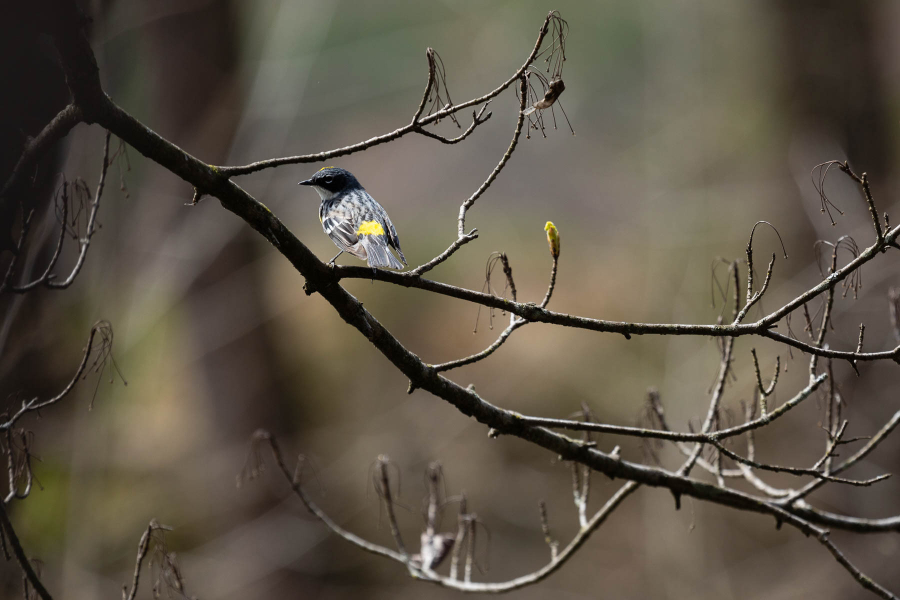
With a variety of habitats including forests, wetlands, marshes, beaches and open and shallow waters, the Chesapeake Bay region is host to hundreds of species of birds.
Some are year-long residents while others migrate to the area to escape harsh northern winters or as a stopover on their journey farther south. The Chesapeake Bay is a key part of the Atlantic Flyway, a bird migration route that extends from the Arctic to South America, running along the entire U.S. East Coast.
The mix of common species and temporary visitors makes for exciting birding opportunities. But what exactly is birding and what’s the best way to get started? Follow along and learn all about the joyful Chesapeake activity!
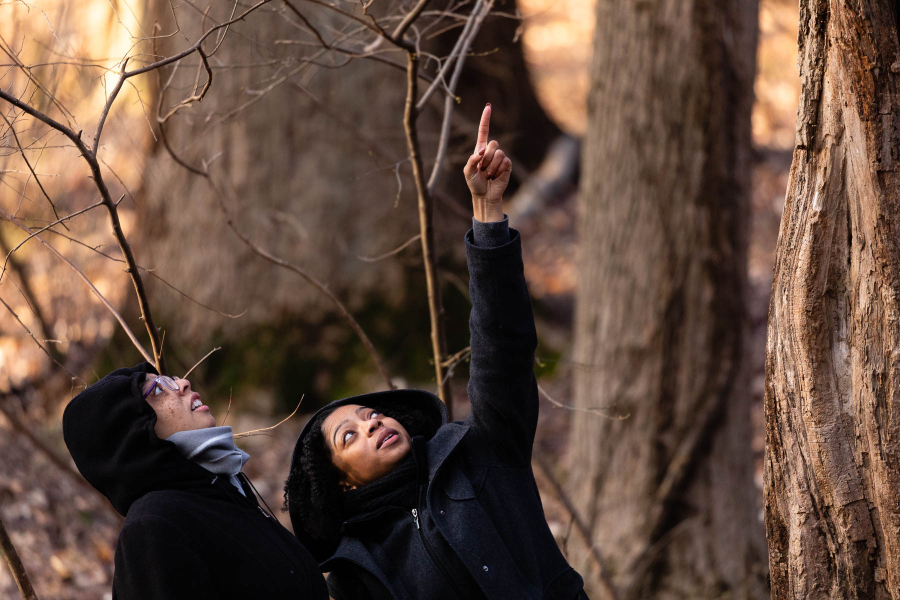
Am I “birding” now?
Birding is the simple act of observing birds in their natural habitat. Typically, birders try to identify species based on their call or appearance, referencing handy field guides to make sure they’re right. The fun starts when you identify a rare species or one that you’ve never seen before.
But birding doesn’t have to involve identification. It can be a fun and calming exercise just to watch birds search for food, fly between trees and interact with one another. Over time, you can start to identify different species, but you can start birding without even knowing what to look for!
Where to go birding
The best thing about birding is that you can do it from pretty much anywhere. Even from a window in the city, you can look outside and find birds in flight or in search of food. Typically, birders go to parks and forests. In this type of setting you want to look to the tips of the trees where birds nest. You can also go birding on beaches or wetland areas. On beaches, you can look along the shoreline where birds might be foraging, and if you’re at a wetland or marsh area, birds will tend to be along the tall grass also looking for food.
What to look for
The key to birding is getting close enough to identify a species without startling them. Binoculars will be your friend here, but you can still watch birds with the naked eye. As stated above, a great way to find birds is to pay attention to where they are feeding. This could be near trees and plants with fruit, in open fields with insects and grass, or along the shore with fish.
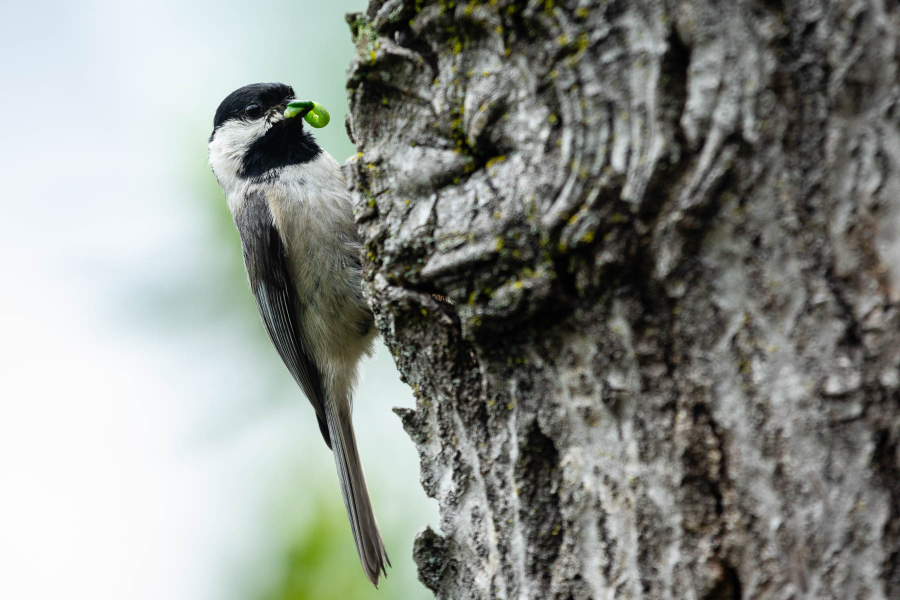
Attracting birds
You don’t always have to go out looking for birds—sometimes they’ll come to you! One great way to attract birds is to put vegetation in your yard that they’ll find useful. This could be an entire tree they can nest in, or plants and shrubs that produce fruit and seeds or harbor insects. Oak trees would be the best tree to provide birds with insects. Viburnums are a good native shrub to offer berries. And coneflowers provide birds like goldfinches with seeds while bee balms feed hummingbirds. No matter what you choose, the most important thing is to make sure what you’re planting is native to your region.
You can also attract birds with birdseed and feeders, both of which can either be purchased or crafted at home. If your space prevents hanging a feeder in a tree or from a pole, you can place seed in a shallow dish slightly elevated from the ground. Window-mounted birdfeeders can also be used to give you an upfront view, and they have the added benefit of preventing birds from colliding with windows. To attract just as many birds as a feeder, keep a birdbath or elevated dish full of clean water.
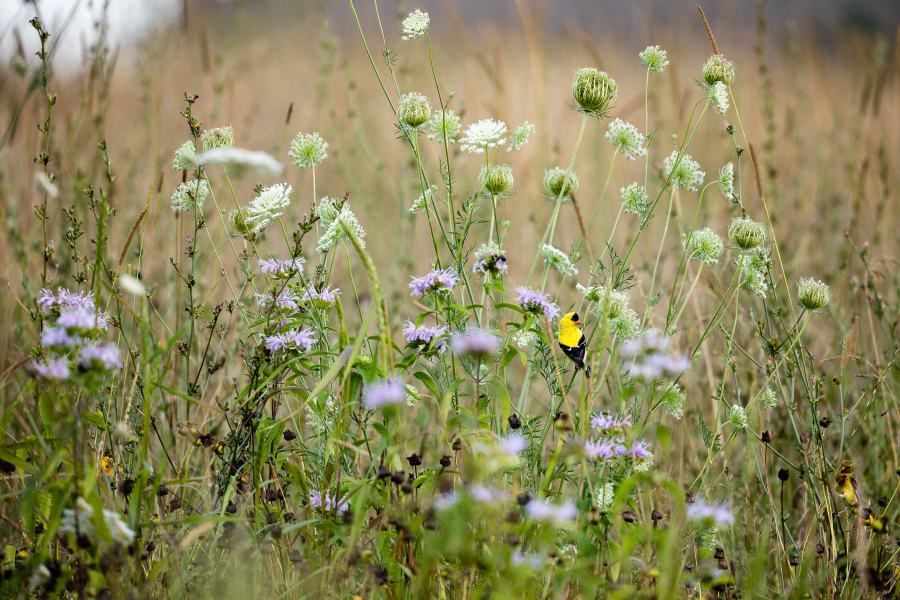
Identifying birds
There are a number of apps that will help you identify birds. Our favorites include the Merlin Bird ID by Cornell Lab (which has an especially helpful sound feature), eBird and the Audubon Bird Guide. There are also some great online bird guides you can reference or print, such as the Audubon Field Guide or Chesapeake Bay Program Field Guide which is specific to critters in the Chesapeake. You can identify birds based on their appearance or call; in many cases you will hear a bird before you ever see it.
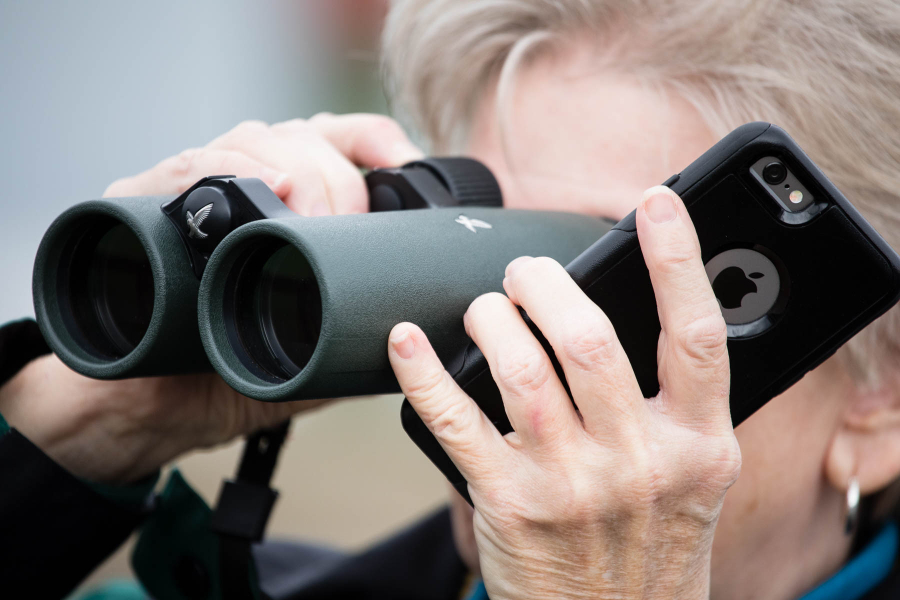
Birding in different seasons
Each season brings different kind of birds to the Chesapeake region. Two big occasions to be aware of are spring and fall migration, when hundreds of thousands of songbirds migrate along the Atlantic Flyway. They will be most active during spring and summer as they mate, build their nests and feed their young. Come winter, there will be another big migration along the Atlantic Flyway, particular waterfowl (ducks, geese and other cold-weather birds). If you can brace the cold, winter is a great time to look for waterfowl and try to tell the difference between them.
A handful of iconic Chesapeake Bay birds are also worth keeping an eye out for. More ospreys breed in the Chesapeake Bay than anywhere else in the world. They arrive in early March and remain here though spring and summer. The striking great egret visits the region from spring through autumn. And great blue herons and bald eagles are found here all year round. Ospreys, egrets and herons can all be found around wetlands and marshes around the Bay and its tributaries, while bald eagles will be found in more heavily forested areas along rivers.
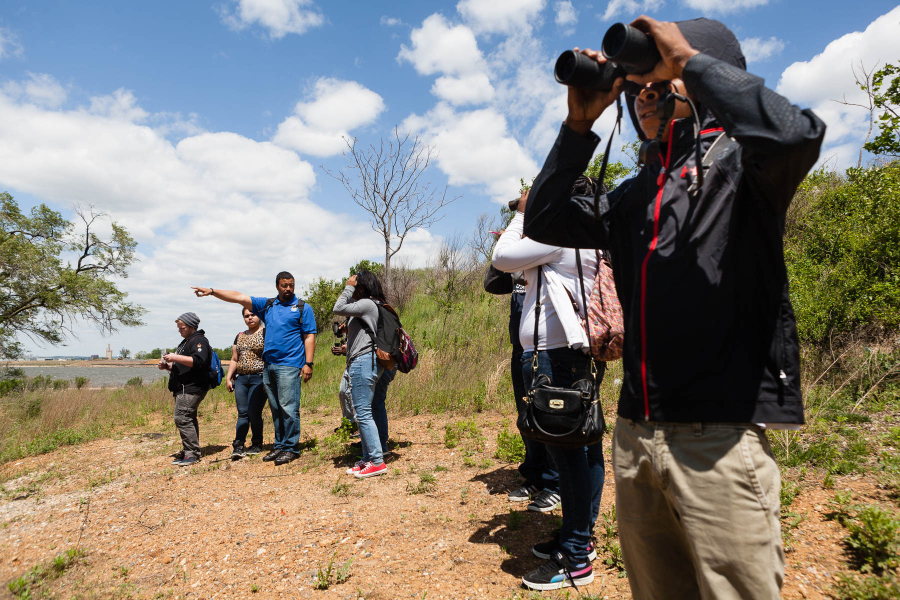
Birding with friends
Like most things in life, birding is best done with others. If you’re just getting out see if there’s someone who wants to learn with you, or someone who’s gone birding before and can help you learn the ropes. There are also plenty of birding groups to join. These can be official ornithology clubs or less formal social groups, all of which you can find online and on social media channels. Also be on the lookout for popular birding events like the Audubon Christmas Bird Count and Black Birders Week.
